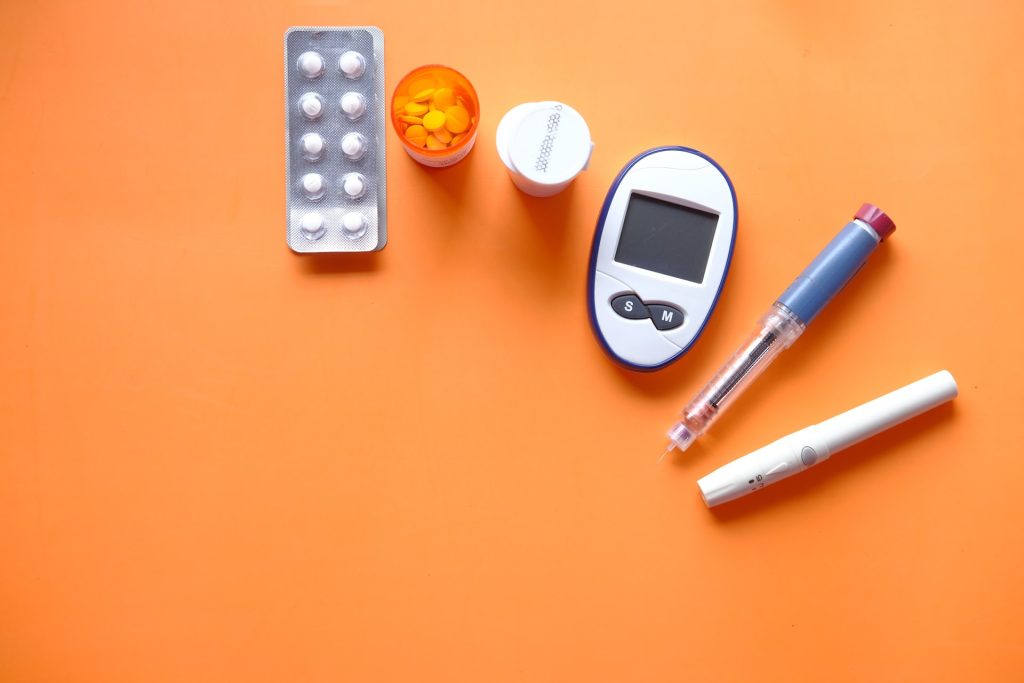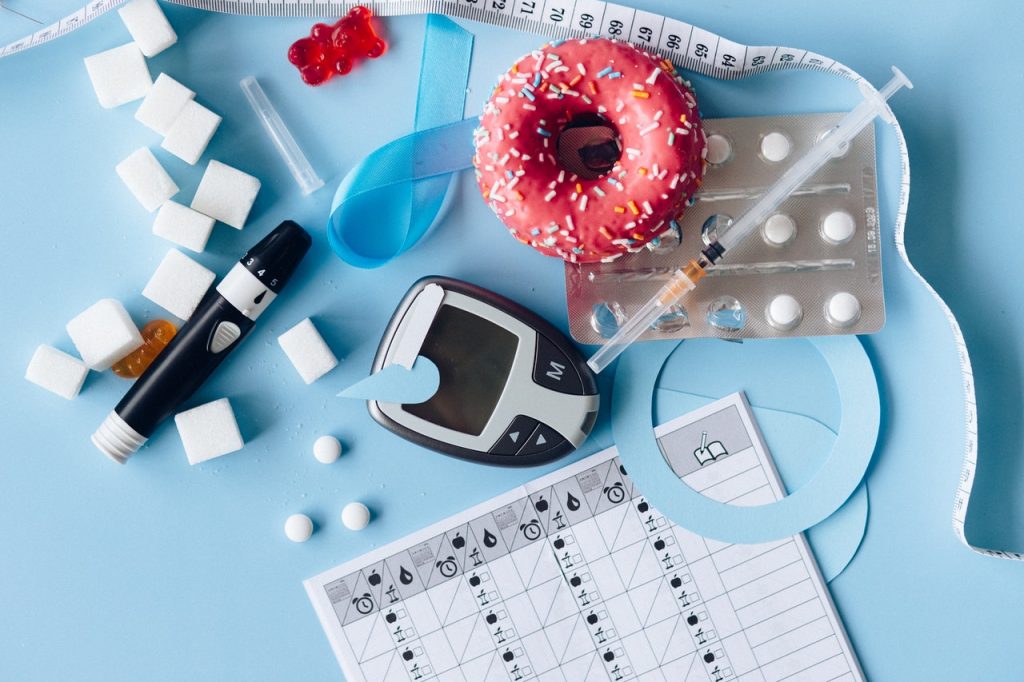Pancreatic Alpha Cells also Secretly Produce Significant Amounts of GLP-1
New study uncovers natural hormone shift that could transform type 2 diabetes treatment

A new study from Duke University School of Medicine is challenging long-standing views on blood sugar regulation — and pointing to a surprising new ally in the fight against type 2 diabetes.
Published in Science Advances, the research reveals that pancreatic alpha cells, once thought to only produce glucagon – a hormone that raises blood sugar to maintain energy when fasting or exercising – also generate GLP-1, a powerful hormone that boosts insulin release from beta cells and helps regulate glucose. GLP-1 is the same hormone mimicked by blockbuster drugs like semaglutide.
Using mass spectrometry, Duke researchers found that human alpha cells may naturally produce far more bioactive GLP-1 than previously believed.
Led by Duke scientist Jonathan Campbell, PhD, the team of obesity and diabetes researchers analysed pancreatic tissue from mice and from humans across a range of ages, body weights, and diabetes statuses. They found that human pancreatic tissue produces much higher levels of bioactive GLP-1 and that this production is directly linked to insulin secretion.
“Alpha cells are more flexible than we imagined,” said Campbell, an associate professor in the Division of Endocrinology in the Department of Medicine and a member of the Duke Molecular Physiology Institute. “They can adjust their hormone output to support beta cells and maintain blood sugar balance.”
This flexibility could change the approach to treating type 2 diabetes, where beta cells in the pancreas can’t make enough insulin to keep blood sugar at a healthy level. By boosting the body’s own GLP-1 production, it may offer a more natural way to support insulin and manage blood sugar.
Switching gears
In mouse studies, when scientists blocked glucagon production, they expected insulin levels to drop. Instead, alpha cells switched gears – ramping up GLP-1 production, improving glucose control, and triggering stronger insulin release.
“We thought that removing glucagon would impair insulin secretion by disrupting alpha-to-beta cell signaling,” Campbell said. “Instead, it improved it. GLP-1 took over, and it turns out, it’s an even better stimulator of insulin than glucagon.”
To test this further, researchers manipulated two enzymes: PC2, which drives glucagon production, and PC1, which produces GLP-1. Blocking PC2 boosted PC1 activity and improved glucose control. But when both enzymes were removed, insulin secretion dropped and blood sugar spiked – confirming the critical role of GLP-1.
Implications for diabetes treatment
While GLP-1 is typically made in the gut, the study confirms that alpha cells in the pancreas can also release GLP-1 into the bloodstream after eating. This helps to lower blood sugar by increasing insulin and reducing glucagon levels.
Common metabolic stressors, like a high-fat diet, can increase GLP-1 production in alpha cells – but only modestly. That opens the door to future research: If scientists can find ways to safely boost GLP-1 output from alpha cells they may be able to naturally enhance insulin secretion in people with diabetes.
But measuring GLP-1 accurately hasn’t been easy. The team developed a high-specificity mass spectrometry assay that detects only the bioactive form of GLP-1 – the version that actually stimulates insulin — not the inactive fragments that often muddy results.
“This discovery shows that the body has a built-in backup plan,” Campbell said. “GLP-1 is simply a much more powerful signal for beta cells than glucagon. The ability to switch from glucagon to GLP-1 in times of metabolic stress may be a critical way the body maintains blood sugar control.”
Source: Duke University



